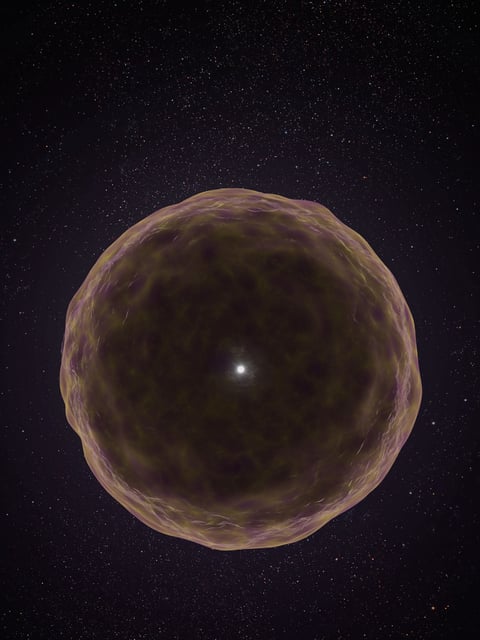Overview
- SN2021yfj exposed heavy inner elements because its hydrogen, helium, and carbon layers were largely gone before it blew.
- The research team argues the event represents a proposed new class, Type Ien, defined by emission from deeply buried material.
- Wide-field discovery and rapid follow-up, including ZTF and Keck, captured the unusual spectra after a colleague at UC Berkeley supplied a crucial late spectrum.
- The authors say the finding challenges standard models of how massive stars evolve and die by revealing an extreme stripped-envelope case.
- How the star lost its outer layers remains uncertain, with hypotheses including violent pre-explosion eruptions, powerful winds, or stripping by a companion, and the team calls for more examples to test these ideas.



